Construction Methods of Measurement – NRM2
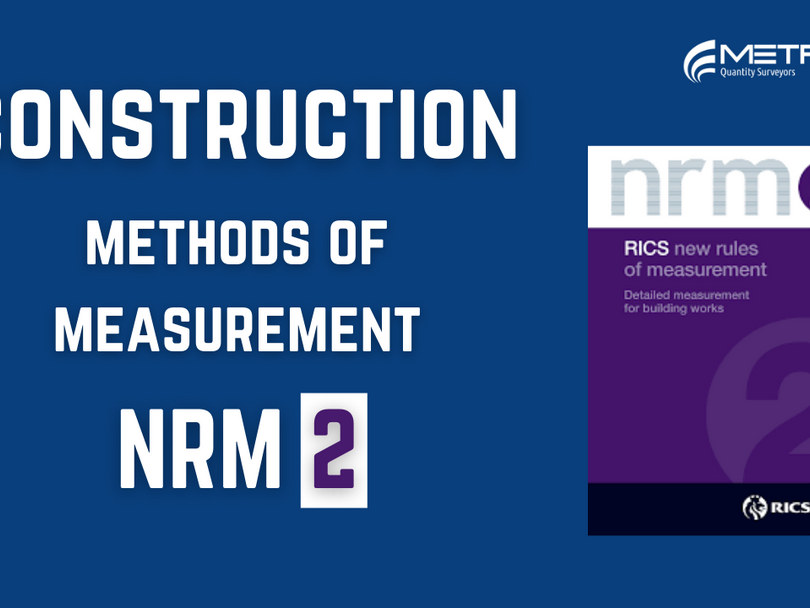
The Royal Institute of Chartered Surveyors (RICS) have developed and published a suit of documents titled the New Rules of Measurement or NRM for short. There are 3 volumes that make up the New Rules of Measurement, NRM 1, NRM 2 & NRM 3. This blog is going to provide a summary of what NRM 2 is and what it was developed for. If you would like to obtain a brief overview of the history of methods of measurement for construction and a brief overview of the 3 NRM volumes that are used today, then please takea look at our “construction methods of measurement – explained” video and blog that can be found on this website or Youtube. NRM 2 is titled: “Detailed measurement for building works” and deals with Bill of Quantities (BoQs), all aspects of them! So, if you do not know what a Bill of Quantities is or the benefits ofthem, then we would highly recommend watching our “Bill of Quantities explained” video or reading our blog for a brief overview. But, to speed things up, the main purpose of a Bill of Quantities is to provide a list of items alongside their descriptions and quantities, that are required to complete a construction project. Contractors & Subcontractors are then able to attribute their price to each aspect of the works – resulting in a total cost for the construction project. NRM 2 replaced the Standard Method of Measurement for Building Works in 2013, which was also published
Construction Methods of Measurement – NRM 1
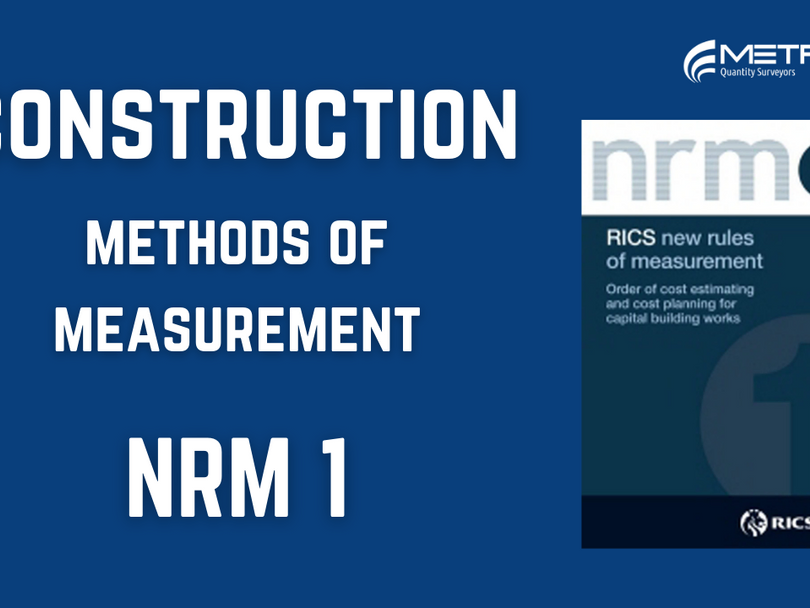
The Royal Institute of Chartered Surveyors (RICS) have developed and published a suit of documents titled the New Rules of Measurement (NRM). There are 3 main New Rules of Measurement, NRM1, NRM2 & NRM3. This particular blog is going to focus on NRM 1 and provide a summary of what it is and what it was developed for. If you would like to obtain a brief overview of the history of methods of measurement for construction and a brief overview of the 3 NRM volumes that are used today, then please takea checkout our “construction methods of measurement – explained” video on youtube or take a look at the blog on our website under the same name. NRM1 is the order of cost estimating and cost planning for capital building works. The first edition was
How to prepare for a degree in Quantity Surveying

Starting a degree can be daunting. Especially if you’ve spent some time outside of education. In this article, we are
Is It Possible To Have a Quantity Surveyor Without A Degree? | The Apprentice QS

Before we even start, we’re going to do something that not may bloggers would do. We’re going to give you
NEC3 Contracts Explained
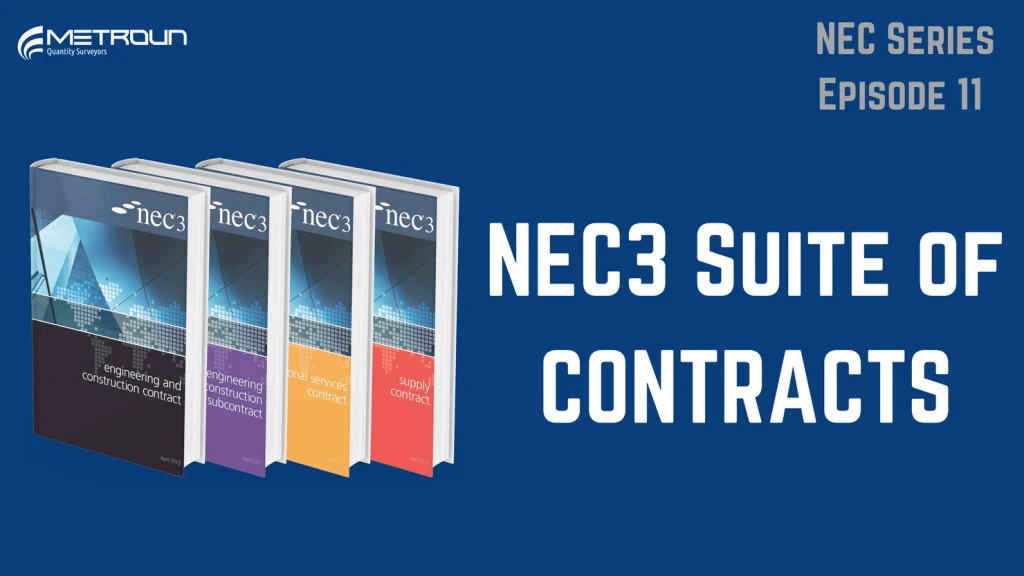
The NEC which stands for New Engineering Contract are a suite of contracts used in construction which aim to provide
NEC3 Contracts Explained
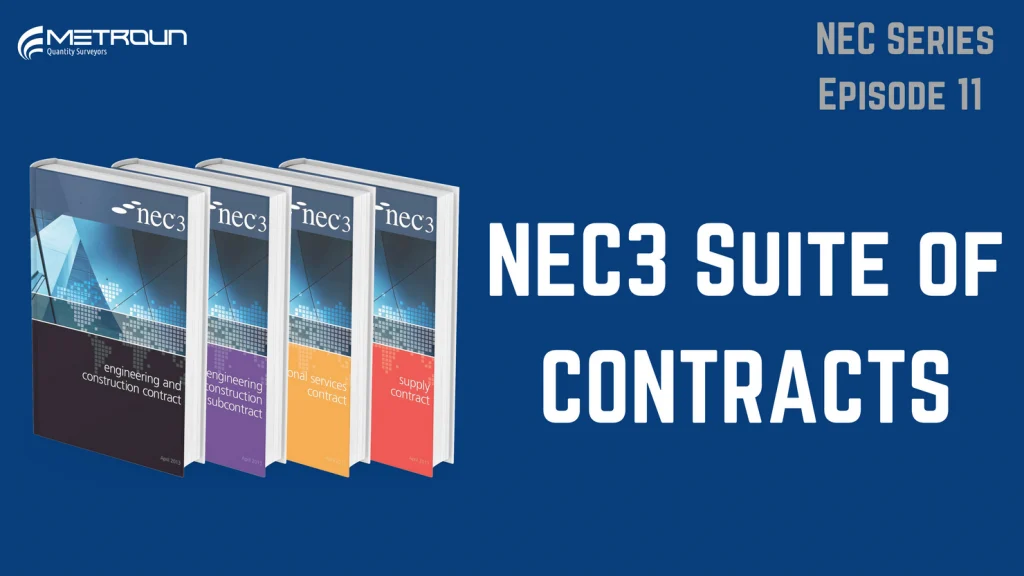
The NEC which stands for New Engineering Contract are a suite of contracts used in construction which aim to provide
Construction Methods of Measurement – Explained!
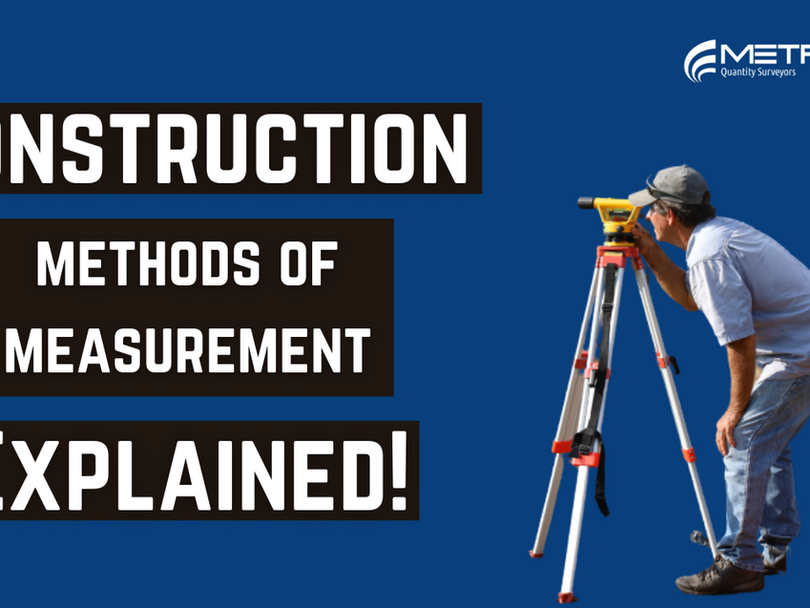
Brief History: Method of measurements have historically always been produced in order to provide the construction industry with a standard
5 Common Quantity Surveyor Interview Questions

If you attend an interview for a Quantity Surveyor position, it’s important you’re prepared for questions which could be asked.
5 Books Every Building Surveyor Needs
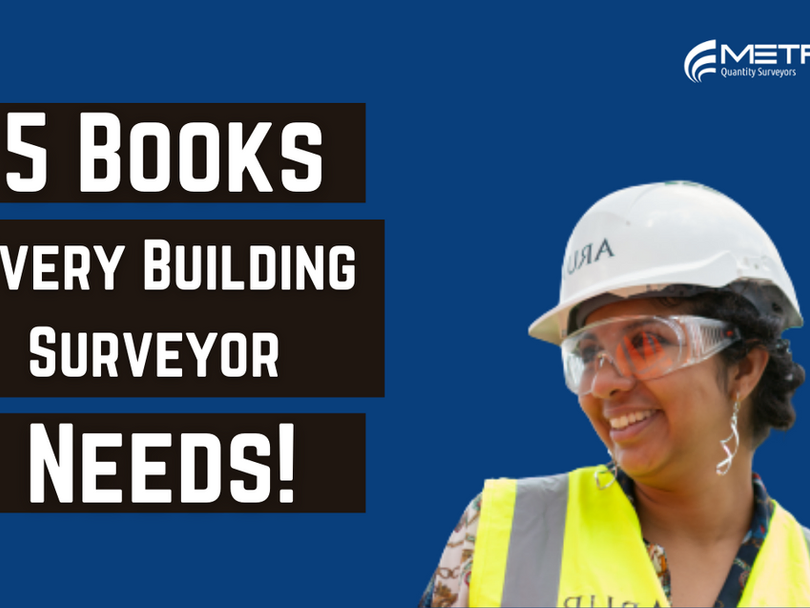
Building surveying is one of the most popular forms of quantity surveying. Whether you are looking to take the first steps into this career path or have just want to improve your knowledge in this area, these are the top 5 books for you! Building Surveyor’s Pocket Book 2021 by Melanie Smith & Christopher Gorse Building Surveyor’s Pocket Book is an accessible encyclopaedia of matters vital to building surveyors. Well-illustrated with diagrams, pictures, tables, and graphs, it coversall essential elements of building pathology, building performance, and building construction terminology in a simple, accessible way for working practitioners and students. This Book is perfect for a portable reference text, working as a first-stop publication for those wishing to refresh their knowledge or in need of guidance on surveying practice. Building Regulations Pocket Book 2018 by Ray Tricker & Samantha Alford The Building Regulations Pocket Book is the must have reliable guide to compliance with the Building Regulations. Part 1 provides an overview of the Building Act. Part 2 offers a handy guide to the dos and don’ts of gaining the Local Council’s approval for Planning Permission and Building Regulations Approval Part 3 presents an overview of the requirements of the Approved Documents associated with the Building Regulations. Part 4 is an easy-to-read explanation of the essential requirements of the Building Regulations that any architect, builder or DIYer needs to know to keep their work safe and compliant on both domestic and non-domestic jobs. Building
Contractor Quantity Surveyor (QS) vs Client Quantity Surveyor (PQS) I Which Career Should You Choose

If you attend an interview as a Quantity Surveyor, it’s important you know if the role you’re applying for is


